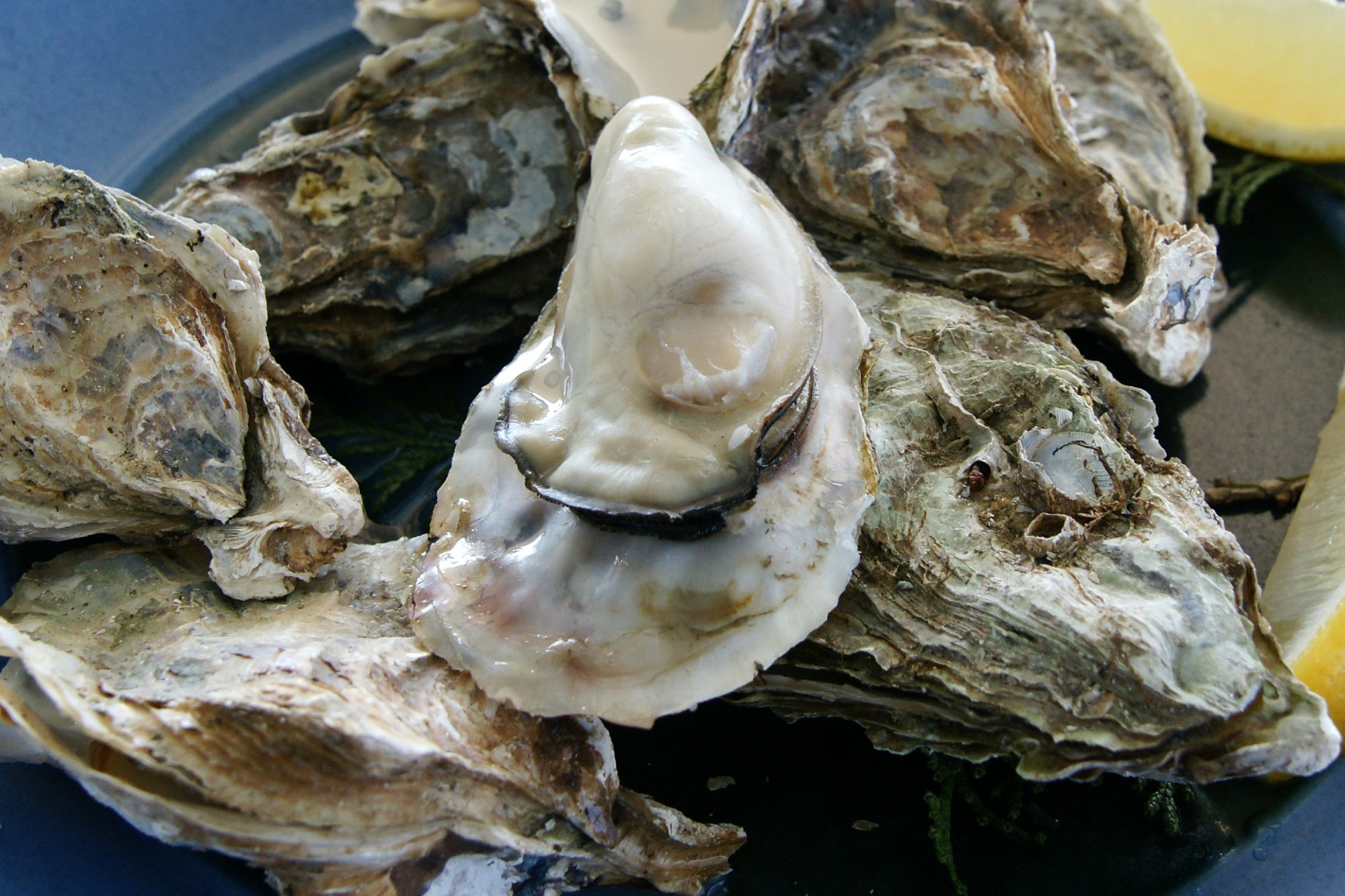It requires very little effort to find good pork ribs. Unlike prime, aged beef, which requires significant effort and, in many cases, a trust fund. The warehouse stores carry good-quality, untrimmed pork ribs for incredible prices. I am familiar with how efficiently freight moves in this country, but it still impresses me that they can get this stuff all over the country, in good condition, and charge less than $2/lb. I am sure that if you wandered around Pennsylvania or upstate New York or Iowa and found an artisanal hog butcher, he would be happy to sell you gorgeous rib racks — just not for $2. That is what is so impressive about commercial ribs; they are almost always really good. But there is a reason for that, and it is called fat. Ribs are cooked at low temperature for a long time, so most of that fat has a chance to melt away, and as it melts it bastes the meat, keeping it moist. The long cooking times also help tenderize the meat and break down the connective tissue and collagen, all of which contributes to flavor and texture. If you take a look at some of the more expensive cuts of pork you will find that most of it is very, very lean. And that is not a good thing. Prime beef is rare and expensive because it is tough to breed and raise cattle that have consistent marbling in their muscles. Marbling is simply fat, but not thick sheets of the stuff; it is beautiful little flecks distributed evenly throughout the flesh. They just don’t grow pigs like that anymore, except maybe on those little farms I mentioned. So what’s a pork lover to do? Barbecue ribs, that’s what. And not those silly looking (but admittedly sometimes tasty) baby back ribs. I am talking about those big, meaty St. Louis ribs, or spare ribs, or whatever they are called in your neck of the woods.
But they come from Costco or Sam’s Club in vacuum-sealed bags that conceal untrimmed racks. That is, the chine bone or cartilage is still attached, and the flap of meat on the concave side is still there too. You can buy nicely trimmed racks at many supermarkets and butchers, but you will be paying a lot of money for someone to trim away perfectly delicious meat. So the trick is to buy untrimmed racks for very little money, and then trim them so they look like the beautiful racks that you see at barbecue competitions.
So I have finally come to the point of this long, drawn out and hopefully not too boring post. It’s easy to trim the racks to end up with perfect pork rib racks and the bonus of the trimmed meat (I call it knuckle meat because it looks sort of like knuckles) that can be cooked alongside the racks and served to any stray children or extra guests.
The first step is to turn the rack over so that the concave side is up. There is a flap of meat attached to the ribs that can be trimmed.
The silvery tissue attached to this strip of meat can be removed. Just wiggle your finger underneath it and separate it from the meat.
The next step is to remove the silvery tissue that covers the ribs on the concave side. It’s the same stuff that you just removed from that little strip of meat, but don’t think you can remove it the same way. Try to peel a corner of the stuff away from the corner of the rib. You might have to use a knife, but try to do it with your finger or something dull because it is surprisingly fragile. Anyway, once you have a corner of it, grab it with a piece of paper towel and peel it slowly and gently away from the bones. Sometimes it peels perfectly, but sometimes it will tear and you will have to find another corner to peel.
I peel this stuff off so that my dry rub has a chance to penetrate the meat and the fat has a chance to melt away. And it looks better too.
The next step is the most difficult one, but the first two were pretty easy, so the degree of difficulty is still pretty low. The only tough part is finding where the bone ends and the cartilage begins. But there is a trick, so don’t despair. Fold the rack lengthwise, and where it folds easiest is the place to cut.
It doesn’t have to be perfect, but try to slice on a straight line so everything is pretty. The rack narrows slightly from the end with the large bones (see above on the right side), so don’t be fooled into cutting at too much of an angle.
This is what it should look like. Notice that it isn’t a perfect rectangle, but it’s pretty close. The last step is to chop up the stuff you just trimmed away from the rack. I like to slice it into 1 inch chunks, but anything will work.
And that is it!






oddly, perhaps, i made ribs the other day, and was going to post about how to cut them into st. louis style. now i don’t have to.
please to tell about the rub.
Oh, you know…a little of this and a little of that.
I have been working on my rub for several years. When it’s perfect I’ll invite you to the grand opening of my barbecue joint.
As for the trimming. Do you do anything differently?
Nothing different at all. I have never really trimmed into st. Louis style, so I googles and came up with a couple of youtube videos (which is why I didn’t bother posting my process )
Much better trimmed.